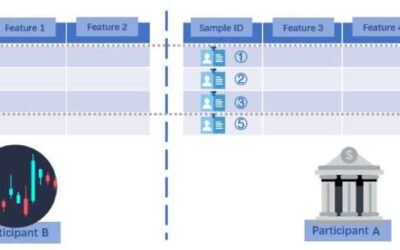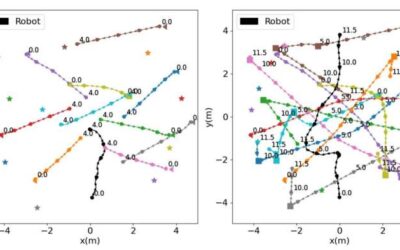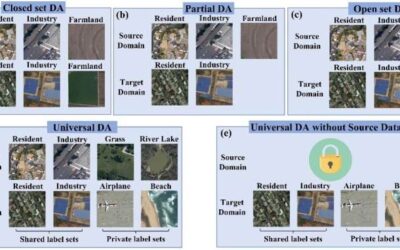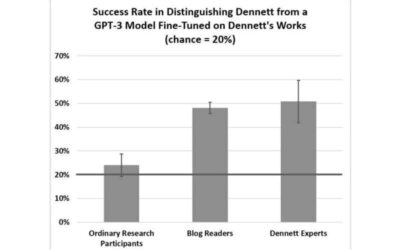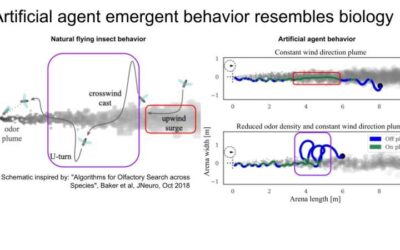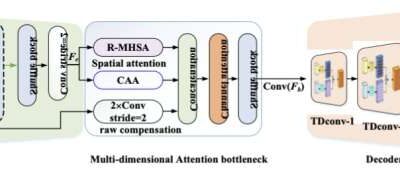Roboticists have developed many advanced systems over the past decade or so, yet most of these systems still require some degree of human supervision. Ideally, future robots should explore unknown environments autonomously and independently, continuously collecting...
Machine learning & AI
A new inference attack that could enable access to sensitive user data
As the use of machine learning (ML) algorithms continues to grow, computer scientists worldwide are constantly trying to identify and address ways in which these algorithms could be used maliciously or inappropriately. Due to their advanced data analysis capabilities,...
A new approach to improve robot navigation in crowded environments
While robots have become increasingly advanced over the past few years, most of them are still unable to reliably navigate very crowded spaces, such as public areas or roads in urban environments. To be implemented on a large-scale and in the smart cities of the...
A universal domain adaptation technique for remote sensing image classification
Domain adaptation approaches are techniques designed to improve the performance of computational models in specific target domains. These techniques are particularly valuable for tackling problems for which there is only a limited amount of relevant annotated data and...
A large language model that answers philosophical questions
In recent years, computer scientists have been trying to create increasingly advanced dialogue and information systems. The release of ChatGPT and other highly performing language models are demonstrating just how far artificial intelligence can go in answering user...
A deep reinforcement learning model that allows AI agents to track odor plumes
For a long time, scientists and engineers have drawn inspiration from the amazing abilities of animals and have sought to reverse engineer or reproduce these in robots and artificial intelligence (AI) agents. One of these behaviors is odor plume tracking, which is the...
A testbed to assess the physical reasoning skills of AI agents
Humans are innately able to reason about the behaviors of different physical objects in their surroundings. These physical reasoning skills are incredibly valuable for solving everyday problems, as they can help us to choose more effective actions to achieve specific...
A model that could improve robots’ ability to grasp objects
When completing missions and tasks in the real-world, robots should ideally be able to effectively grasp objects of various shapes and compositions. So far, however, most robots can only grasp specific types of objects.
A framework that could improve the social intelligence of home assistants
Existing artificial intelligence agents and robots only help humans when they are explicitly instructed to do so. In other words, they do not intuitively determine how they could be of assistance at a given moment, but rather wait for humans to tell them what they...
A method to enable robotic paper folding based on deep learning and physics simulations
To tackle different real-world tasks, robots should be able to handle and manipulate a variety of objects and materials, including paper. While roboticists have successfully improved the ability of humanoid robots or robotic grippers to handle several materials, paper...


